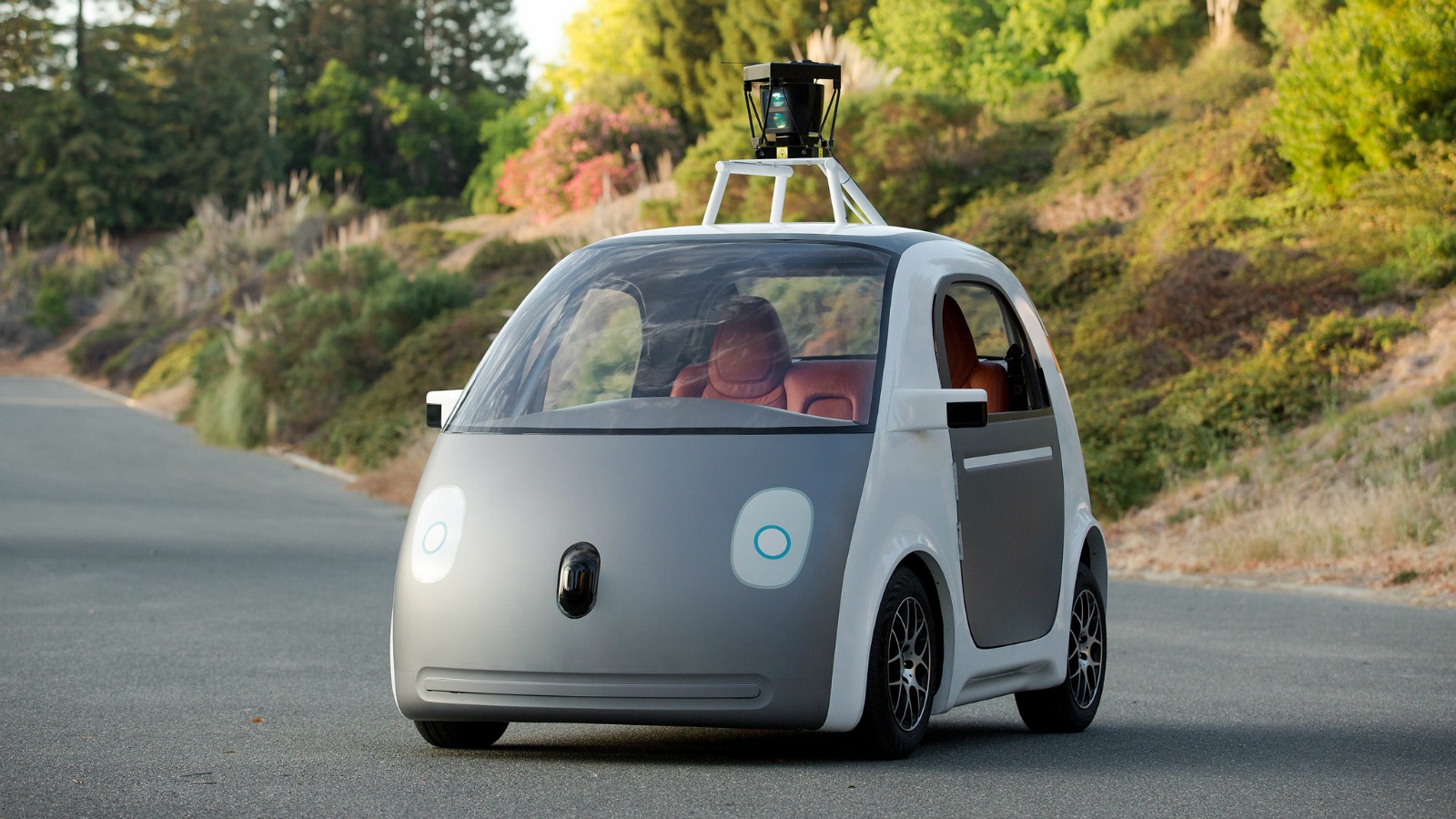Q. Dear Umbra,
Every time I hear more about the self-driving cars of the near future, I get crazy thinking that all of the R&D could be going into solar or electric car battery capacity. Can you please tell me something good about self-driving cars?
Mel L.
New Orleans, La.
A. Dearest Mel,
Self-driving cars certainly are sexy right now. With Google’s prototypes already out on the streets of California and Texas, major automakers investing in developing their own models, and 75 percent of Americans saying they’d buy one, it can seem like the age of handing over the steering wheel is upon us. Which can be frustrating for people like you, who I imagine shouting into the vehicle void, “Wait! You’re telling me the car of the future still runs on gasoline?”
It does, for now anyway. But despite that handicap, I still think there’s a lot to love about self-driving cars — aka autonomous vehicles or, my preferred term, Pierre the Robot Chauffeur. So before you tear your hair out at the next news clip of the adorable Google car tootling around town, read this, Mel. Methinks it will cheer you up.
Pierre is a gas-sipper. We humans aren’t so great at getting the most bang for our gas-station buck, especially when it comes to changing speeds: Slamming on the brakes and flooring it to accelerate wastes more gas than smoothly transitioning. But computer-driven cars use sophisticated sensors to slow down and speed up much more efficiently, saving us gas. And they can anticipate stops better than we can through vehicle-to-vehicle communication technology (V2V), which lets individual cars connect with each other in real time and warn each other if, say, one needs to slow down suddenly. That means these cars can tailgate like the boldest of Nascar drivers (it’s called platooning), reducing fuel use by 20 to 30 percent by slashing wind resistance. All that V2V chatter also promises to combat traffic jams; so long, wasteful idling!
Pierre puts safety first. The next big promise of all that whiz-bang technology is dramatically safer streets. Up to 95 percent of all car accidents can be at least partially blamed on human error, so you can see how handing over the keys to Pierre the Robot Chauffeur could make a big difference here. Besides the obvious benefits — you know, thousands fewer traffic deaths — safer streets might also lead to lighter cars. Today’s vehicles weigh around 4,000 pounds, and most of those pounds are there to increase the chances that you and your passengers won’t be crushed in a pile-up. If we reduce accidents, though, cars could shrink down to 750 pounds or so. And it takes much, much less gas to propel 750 pounds than it does for today’s clunkers — which should mean less carbon in the air. That’s what you call a victoire-victoire.
Pierre could make green transit better. You sound like an electric car fan, Mel, so here’s good news: Some experts think self-driving cars will make electrics even better. After all, much lighter vehicles would use much less electricity to run, meaning they could cover more miles on a single battery charge. Public transit boosters also hope self-drivers would encourage more people to take buses and trains by solving the “first/last mile problem”: If you could easily hop in a robo-taxi to go between your home and the nearest public transit station, the thinking goes, more people would.
Pierre could make our cities more livable. Imagine a city bustling with on-demand driverless vehicles. It could be the ultimate in car sharing, with nobody needing his own vehicle (cars just sit around taking up space most of the time, anyway). The old habit of circling around looking for a parking space would go the way of MySpace. And theoretically, walking and cycling would become even safer with self-driving cars on the road.
Now, I don’t want to oversell the self-driver. Some experts also worry that robo-cars would actually increase energy use and emissions. They could do this by putting more people on the road — the elderly, for instance, are a primary target for this new technology. Or what if the ease of cruising in a self-driving car makes people live farther from work, not closer? What if everybody abandons public transit for them? What if all those traffic-clearing efficiencies just inspire more drivers to fill the new space on the road?
For every pro, there seems to be a con. The truth is, we don’t know just how all this will shake out, Mel. But I’m hopeful that this Jetsons-style tech will bring more good than bad to the world. Any means of transit that lets me do my crossword puzzle instead of watching the road is worth a look in my book.
Autonomously,
Umbra



